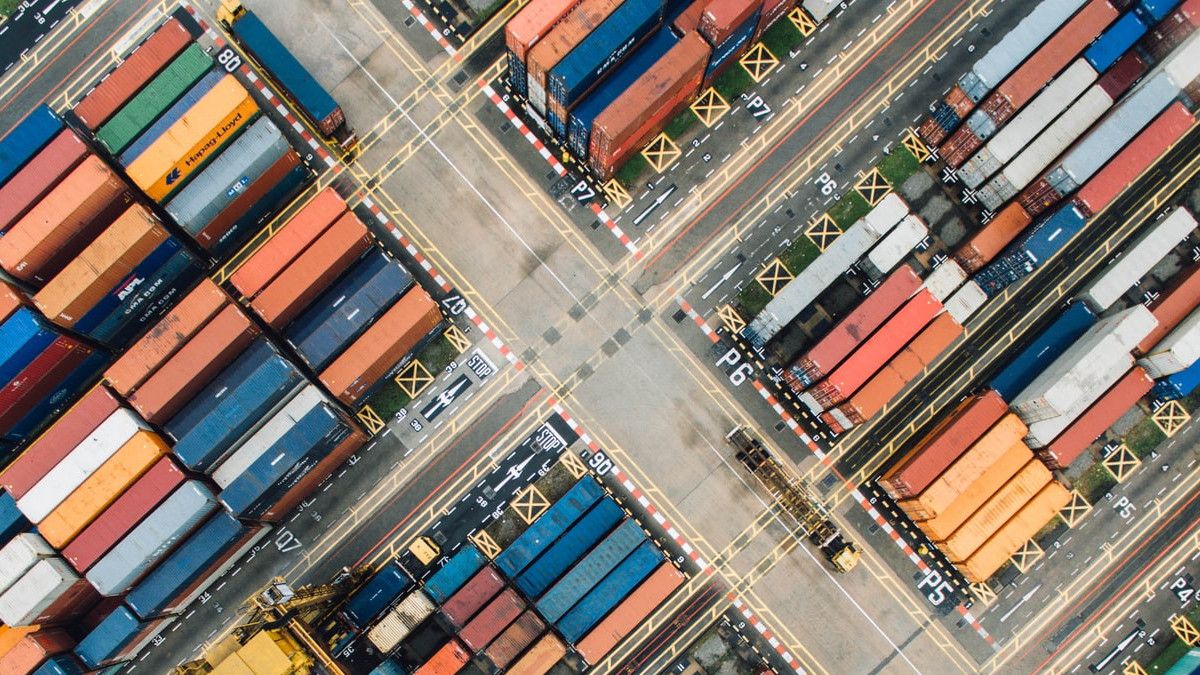JAKARTA - In the midst of the COVID-19 pandemic, Indonesia still recorded a trade balance surplus of 740 million United States (US) dollars in March 2020. The Central Statistics Agency (BPS) noted, in that month, imports increased by 15.6 percent compared to the previous month. The import value this month was US $ 13.35 billion. Meanwhile, the annual import percentage (yoy) decreased by minus 0.75 percent from March 2019.
Head of BPS Suhariyanto said Indonesia's imports in March increased significantly because non-oil and gas imports increased by 19.83 percent month to month (mtm).
Suhariyanto then detailed, sectorally, the import value of consumer goods rose 43.80 percent compared to the previous month, and grew 10.66 percent year on year (yoy) or when compared to March 2019. The increase in imports this month amounted to 1.27 billion US dollars. .
One of the consumer goods that has experienced an increase in imports is weapons and ammunition, and their parts. The increase reached 184.6 percent compared to February 2020, from US $ 2.5 million to US $ 187.1 million. Meanwhile, compared to March 2019, where the import value was US $ 2.1 million, the increase was also significant, namely up to 185 percent.
Suhariyanto said that this class of goods is routinely imported every year for the needs of national defense and security. "Incidentally, 2020 will fall in March," he said, in a live broadcast on the BPS youtube account, Jakarta, Wednesday, April 15.
The increase in imports also occurred in the commodity garlic. Imports are made from China, this has become a driving factor for growth in consumption imports. Compared to February 2020, the import value of this commodity in March 2020 has increased to 18.8 million US dollars. In terms of volume, the number has increased to 17 thousand tons.
Then, continued Suhariyanto, rice is also a commodity that has experienced an increase in imports this month. The value increased by 16.8 million US dollars, while the volume increased by 24,500 tons when compared to February. Indonesia imports these commodities from Thailand and Vietnam.
Apart from consumer goods, said Suhariyanto, imports of raw or auxiliary materials also increased to 10.28 billion US dollars. The growth was 16.34 percent compared to February, and 1.72 percent compared to March 2019.
"Some items that have increased are equipment related to portable receivers for cellphones and other electronic goods," he explained.
On the other hand, capital goods contracted. Last month, the value was US $ 1.80 billion, which grew negatively by 1.55 percent compared to February 2020 and negative 18.07 percent compared to March 2019.
Suhariyanto explained that the biggest increase in Indonesian imports came from China, which rose to US $ 1.0 billion, around 50.43 percent. "Recovery there is fast, so our imports from China have increased," he said.
Apart from China, other countries such as Taiwan contributed imports amounting to 143.1 million US dollars, followed by the United States with 125 million US dollars.
Exports rose slightly
Not only imports, BPS also noted that Indonesia's exports in March had increased by 0.23 percent compared to the previous month of February. March exports were recorded at 14.09 billion US dollars. Meanwhile, in the previous month, exports amounted to 14.06 billion US dollars.
Meanwhile, when compared to the same period the previous year, the export value in March actually recorded a decline of 0.2 percent. Where, for the period March 2019, Indonesia's exports were recorded at 14.12 billion US dollars.
"Our exports show a slight increase. But an increase of 0.23 percent, seen from its components, it can be seen that during this March our oil and gas exports have decreased by 16.29 percent in price," he said.
Even so, continued Suhariyanto, Indonesia's non-oil and gas exports still increased by 1.24 percent. By sector, exports of all components almost increased compared to the previous month. Where the agricultural sector was recorded at US $ 0.32 billion, an increase of 6.10 percent month to month (mtm).
Then, other increases were also seen from mining and others reaching 1.98 billion US dollars, up 9.23 percent. Meanwhile, the decline occurred in the oil and gas sector, which was recorded at US $ 0.67 billion, down minus 16.29 percent compared to February. Not only that, BPS noted, the decline also occurred in the processing industry which was recorded at US $ 11.12 billion or minus 0.20 percent.
Meanwhile, said Suhariyanto, the non-oil and gas sector contributed 95.22 percent of total exports in March 2020. Where each manufacturing industry sector contributed 78.92 percent to total exports, then mining, 14.05 percent, oil and gas 4.78 percent and agriculture 2.25 percent.
The English, Chinese, Japanese, Arabic, and French versions are automatically generated by the AI. So there may still be inaccuracies in translating, please always see Indonesian as our main language. (system supported by DigitalSiber.id)













